Screening Soviet Nationalities
Filmmakers in the early decades of the Soviet Union sought to create a cinematic map of the new state by portraying its land and peoples on screen. Such films created blueprints of the Soviet domain's scenic, cultural and ethnographic perimeters and brought together - in many ways disparate - nations under one umbrella. Categorised as kulturfilmas experimental grounds for developing the cinematic formulae of a multiethnic, multinational Soviet identity. Screening Soviet Nationalities examines the non-fictional representations of Soviet borderlands from the Far North to the Northern Caucasus and Central Asia between 1925-1940. Beginning with Dziga Vertov and his vision of the Soviet space as a unified, multinational mosaic, Oksana Sarkisova rediscovers films by Vladimir Erofeev, Vladimir Shneiderov, Alexander Litvinov, Mikhail Slutskii, Amo Bek-Nazarov, Mikhail Kalatozov, Roman Karmen and other filmmakers who helped construct an image of Soviet ethnic diversity aa lasting visual legacy.The book contributes to our understanding of changing ethnographic conventions of representation, looks at studies of diversity despite the homogenising ambitions of the Soviet project, and reexamines methods of blending reality and fiction as part of both ideological and educational agendas.Using a wealth of unexplored archival evidence from the Russian State Documentary Film and Photo Archive (RGAKFD) Gosfilmofond state film archive, Sarkisova examines constructions of exoticism, backwardness and Soviet-driven modernity through these remarkable and underexplored historical travelogues.
{{comment.content}}
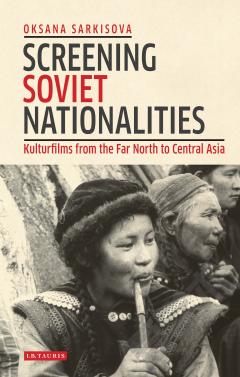
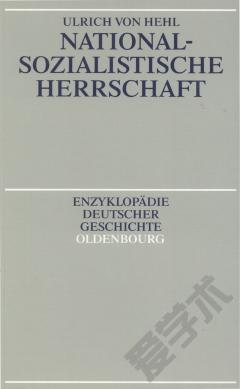
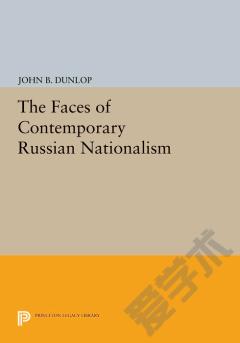
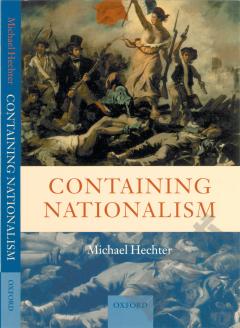

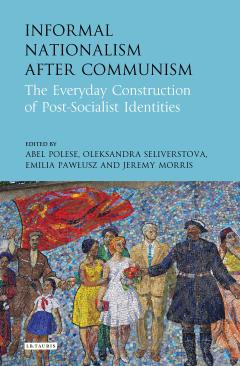
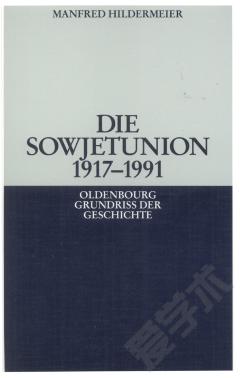

 京公网安备 11010802027623号
京公网安备 11010802027623号